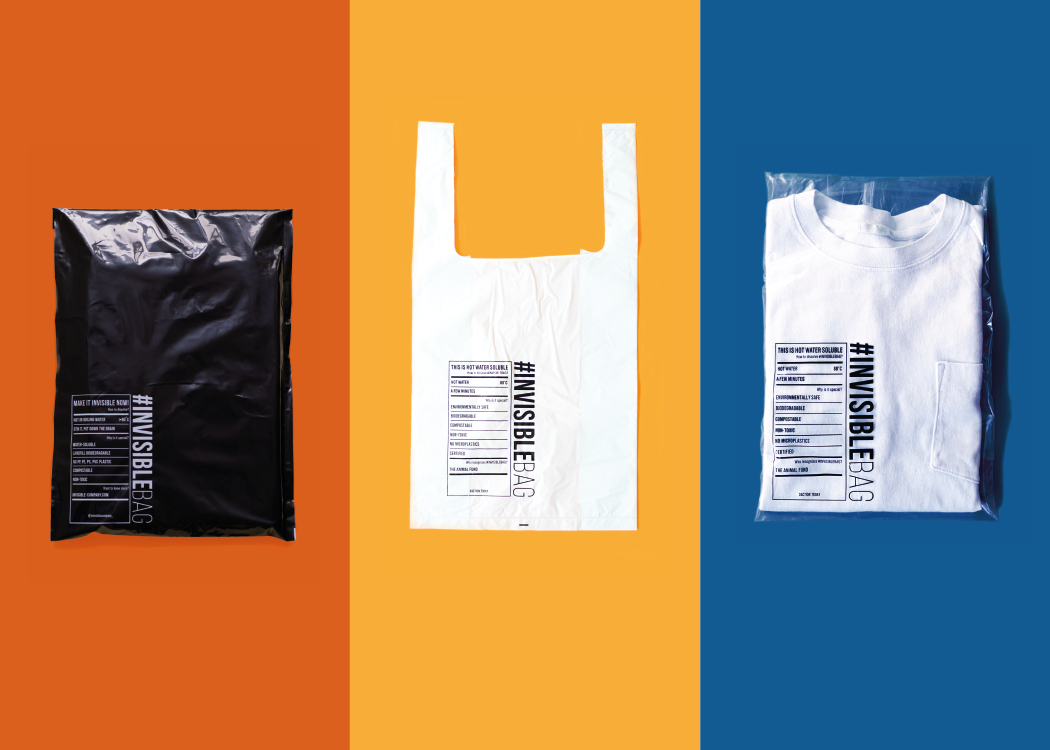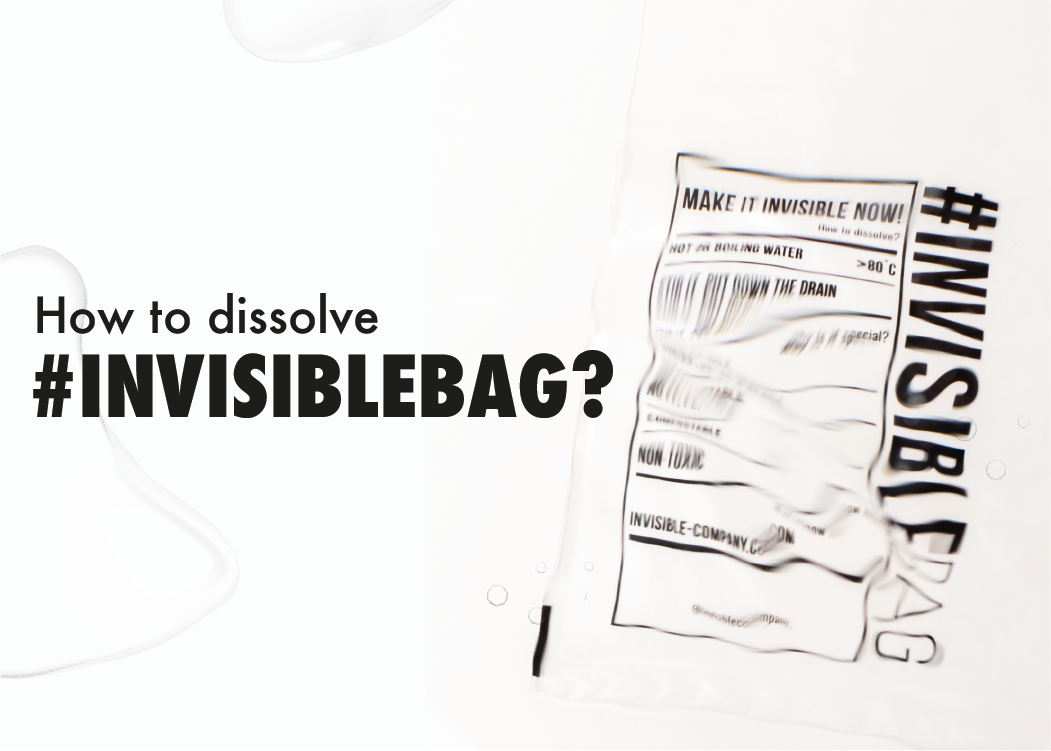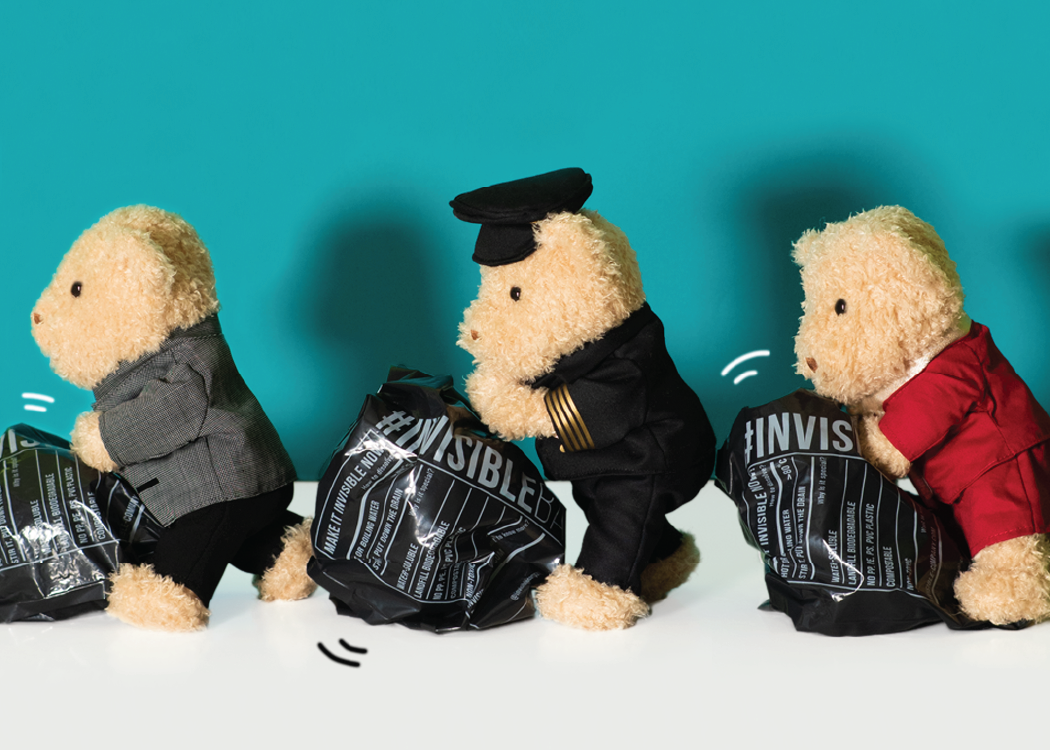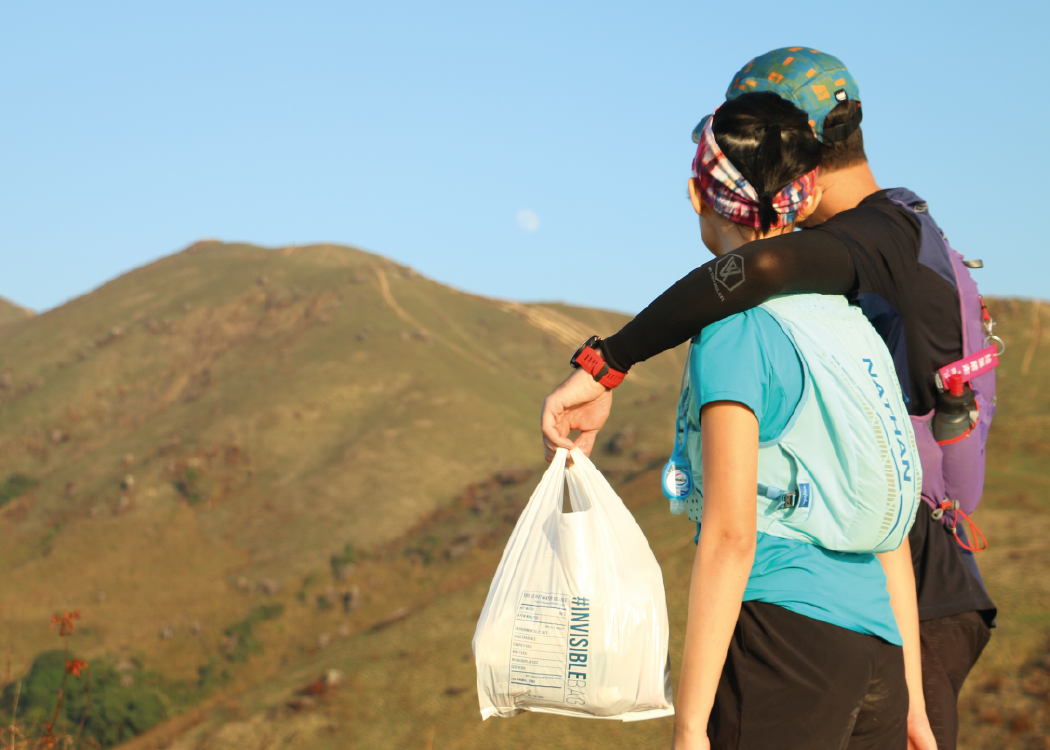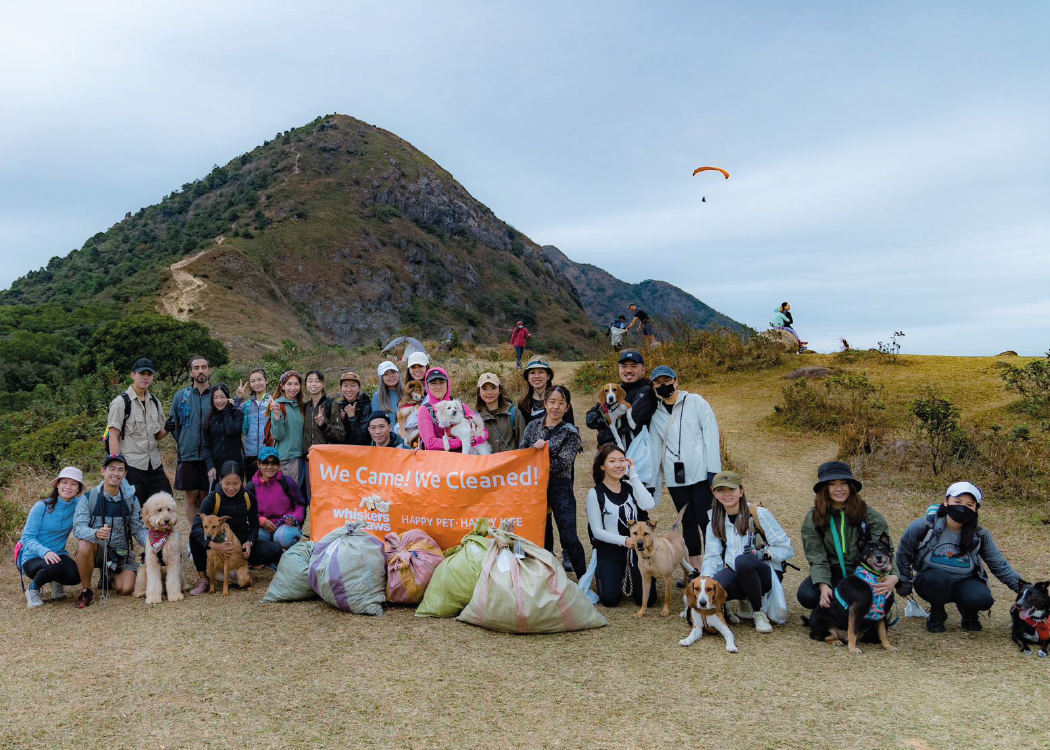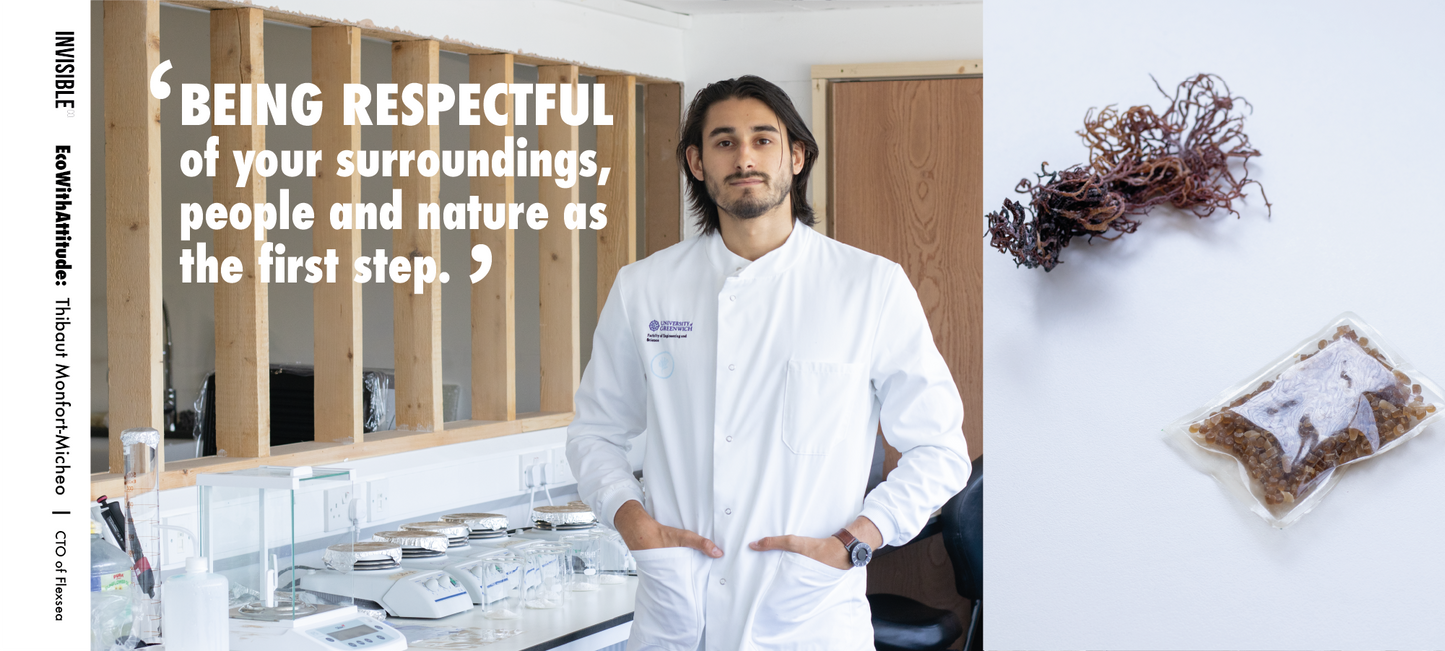
How much do you know about seaweed? Apart from being a food source that is packed with fiber, vitamins and minerals. Do you know it has over 10,000 species of seaweed divided into red, brown and green types? Seaweed is also considered to be a sustainable crop that requires no freshwater, fertilizer, or arable land, and plays an important role to provide food and habitat for marine life. In general, seaweeds can grow rapidly, just a few days to double their mass. With multiple benefits, a lot of industries and companies are exploring innovative ways to leverage the strength of materials, and use seaweed beyond food to convert them into biodegradable and home-compostable packaging through material science and engineering with the ultimate goal to be one of the viable alternatives to conventional plastic.
In ISSUE 17 of #EcoWithAttitude, we interviewed Thibaut Monfort-Micheo, co-founder of Flexsea, a UK innovative material science company that is developing seaweed-derived biomaterial. Read on to discover their vision, mission and their seaweed-derived packaging to positively impact the environment through innovation.
Being respectful of your surroundings, people and nature as the first step to start a sustainable living
#1 What inspired you and Carlo Fedeli to start FlexSea?
Carlo Fedeli and I, both grew up in Monaco and developed as a kid an affinity for the sea and marine ecosystems. When the pandemic began and lockdowns commenced, Carlo saw the huge amount of single-use plastic generated from grocery deliveries to home, layer after layer used to protect food at all costs, including environmental cost. This tipped the balance for him who started to investigate potential solutions to the single use plastics pollution problem.
After examining and dissecting the issues of the current recycling systems and bioplastics, Carlo started exploring other feedstocks and discovered the potential of seaweed, and how it resonated with his roots in Monaco. A few months later, he reached out to me to leverage my technical expertise in material science and engineering, to transform the prototype that he designed into a commercially viable reality. For me, it was also a way to combine my background and passion in materials engineering with the sustainability notions my Mom taught me from a young age since she used to work in that sector too. And thus, Flexsea was born to take action on an issue we both held.

Photo Credit: FlexSea’s official website

#2 Why does red seaweed emerge as the ideal material for FlexSea?
Extracts from red seaweed enable better optical and mechanical properties compared to brown seaweed, making it ideal for the making of bioplastics in our eyes, which truly set us apart from a large chuck of competitors. Additionally, the supply is currently larger and originating from sustainably farmed weeds, not wild harvested.
Although we are exploring other promising species like invasive Sargassum (a brown seaweed), our core knowledge relies on those tropical algae which we can source at scale already now without having to be tied up to hesitant developments of farming techniques that kelps currently face for instance. Costs are also advantageous in that case.


#3 What are the essential elements sustainable packaging must have to make a real difference at scale?
Sustainability means lasting in time, that includes lasting within our environment (Nature/ecosystem-oriented), as well as within the industry as a business (price competition, performance). The key factors to achieving those are a solid raw material supply chain and large volumes. The rest is a matter of research and development (R&D) and smart business development, how to sell a sexy solution and solving the problems of the users of conventional plastics to incentivise change.

#4 How important is it for like-minded companies to cooperate for greater impact?
While direct technological collaboration between companies in the seaweed bioplastics sector may be unrealistic, several other areas still require the efforts of all companies to push the industry forward and create a win-win situation.
For instance, various coalitions and networks such as the Global Seaweed Coalition, Biomarine Community, aim to bring industry players together across the supply chain to improve communication, data sharing, and educate outsiders on the threats and opportunities of seaweed in general. Key topics include supply chain resilience, farming methods, regulatory frameworks, and safety standards.
Streamlining production and fully utilizing biomass to valorise every part of it, is the key to increasing the market value as well as attracting investment for the sector growth in my opinion.

#5 What goals does FlexSea hope to achieve in the near few years? What defines success for the company?
FlexSea just raises a seed round of £3 million in grants and equity, led of Indico Capital, they will expand the team, and support the transition from the lab to machinery and penetrate the market. A target of 10 tons of production has been set for 2024, an ambitious goal hoped to reflect the company’s true potential to reach scale in record breaking time compared to the previous seaweed bioplastic projects.

#6 What sustainable habits do you have or tips would you give others looking to live more sustainably?
I guess sustainable habits were embedded in my behavior since a young age by the role model of my parents. Sustainability and prosperity of your ecosystem go hand-in-hand, so I recommend being respectful of your surroundings - people and nature - as a first step. Most of those have to be taught within the upbringing of a child and parents have a key role to play there.
At FlexSea, our job is to share knowledge and awareness around pollution, waste management, and ocean sustainability. If you don't know about something, go out and learn - aim to go to bed with something new every day!
Learn more about FlexSea:
FlexSea was founded in 2020 and is a London-based material science, innovative sustainable packaging company. FlexSea created a sustainable seaweed-derived biomaterials that replaces plastic film packaging, which is home compostable and biodegradable, leaving no harmful residues behind. The red seaweed that FlexSea uses, an entire cultivation cycle takes only 45 days, and seaweeds are renewable feedstock with large untapped potential for growth and diverse cross-industry applications.


